Month: November 2016
Galerie DANIEL BLAU and Galerie MEYER – Oceanic Art present an exhibition of early photographs of Tahiti and the Marquesas Islands. DANIEL BLAU takes great pleasure in unveiling two unknown photographs of the painter PAUL GAUGUIN taken by Jules Agostini on July 19th, 1896 at Venus Point on the island of Tahiti.
Galerie Meyer – Oceanic Art
17 Rue des Beaux-Arts
Paris 75006 France
TEL: 01 43 54 85 74
Further Information
The below document provides a description and timeline of our discovery of the two, only known, photographs showing Paul Gauguin in French Polynesia.
Television Reportage
France O covers the discovery on television on 18th November. Please fast forward to Minute 10:15 to view the footage:
France O on Gauguin photographs
Press Coverage
Catrin Lorch, 10. Februar 2017, Süddeutsche Zeitung
Claire Voon, 10 Februar 2017, Hyperallergic
Recently Discovered Photographs May Be the Only Ones of Paul Gauguin in Tahiti
9 Februar 2017, The Times UK
Gaugins Tahiti frolics revealed
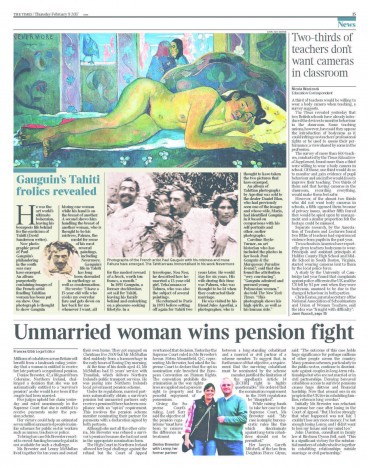
Henri Neuendorf, 7. Februar 2017, Artnet News
Do These Photos Show Paul Gaugin and His Tahitian Muse?
These may be the only known photos of the artist in Tahiti
Martin Bailey, 7. Februar 2017, The Art Newspaper
Images of Gaugin in Tahiti discovered in photo album
7. Februar 2017, ARTFORUM
Only Known Photographs of Gauguin in Tahiti Recently Unearthed
Scott Reyburn, 2. December 2016, International New York Times
Photos, Perhaps, Show a Rare Glimpse of Gauguin in Tahiti
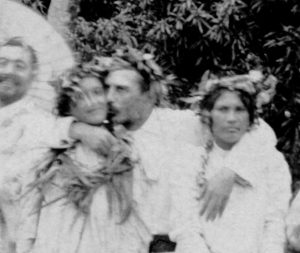
VERFÜHRT: Deutsche Jugendliche 1933 -1945
Daniel Blau has, for many years, produced exhibitions and catalogues with historic photographs. We are excited to launch the first edition of Misled at Paris Photo’s 20th anniversary edition on November 10th.
Misled examines and illustrates the role of the youth during the Nazi regime 1933-45.
The photographs shown in the publication are mainly German propaganda images found in American press archives (all dating 1933-1945), as well as collected over the course of many years at auction as well as through English and French photography dealers.
The Nazis created both the technical and administrative conditions for the widespread dissemination and political use of photographs. This powerful image-distribution is clearly themetised in the book through its illustrating the accompanying slugs which were originally pasted onto the actual photographic print by the American news agencies. Some of the prints have their slugs from German news or photo services. The slugs’ function is not simply to describe the image but to provide the journalist with as much precise factual information as possible in order to elucidate his angle on a story. In this case, it’s a fascinating insight into a foreign interpretation of German war propaganda. Similar to the disturbing images we see today of IS-fighters and jihadists who exploit children for warfare, Nazis introduced children at the earliest possible age to their ideological and political systems in order to make them an essential part of their political apparatus and warfare.
What does it mean to witness such atrocities? Misled discusses the relationship between image and text. Included are transcriptions of conversations Daniel Blau had with eye-witnesses. In order to show the complex relationships between photojournalism, propaganda, and the function of text, Daniel Blau’s interviews have been left unedited, which not only amplifies their youthful tone but also helps further reflect the function of (photo-)journalism.
The images cover a range of themes from daily life, to military exercise and training. Included are a range of photographs showing young boys and girls playfully training with gas masks, sporting rallies as well as music events as well as young teens in uniforms or even as prisoners of war. The book is compiled in chronological order. These pictures clearly show the consequences of political and ideological exploitation faced by the Hitler Youth.
Misled clearly offers its audience a distinct and unparalleled insight into the subject matter. It attempts to uncover how these photographs targeted society then and what effects these images produce today. Much of the literature surrounding National Socialism use photographs for illustrative purposes rather than as documents in their own right. Misled offers a unique perspective through these powerful images and personal accounts.
Misled explores how history is based on many layers of subjective chronicles, how memory is simply an interpretation of occurrences. History doesn’t merely recount events, rather it is a subjective experience which is continuously constructed.
192 pages, 83 illustrations,
25 x 18,5 cm, flexocover
bilingual German/English
Edition:
1500 English Cover
1000 German Cover
€ 30 plus shipping
English ISBN: 9 783000 547362
German ISBN: 9 783000 547355
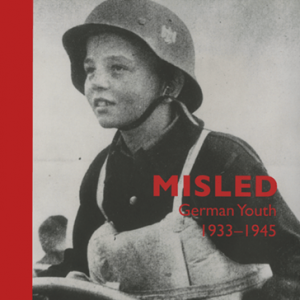
Order NOW via Paypal
[nicepaypallite name=”Misled German Youth 1933 1945″ amount=”24.00″]
Daniel Blau has, for many years, produced exhibitions and catalogues with historic photographs. We are excited to launch the first edition of Misled at Paris Photo’s 20th anniversary edition on November 10th.
Misled examines and illustrates the role of the youth during the Nazi regime 1933-45.
The photographs shown in the publication are mainly German propaganda images found in American press archives (all dating 1933-1945), as well as collected over the course of many years at auction as well as through English and French photography dealers.
The Nazis created both the technical and administrative conditions for the widespread dissemination and political use of photographs. This powerful image-distribution is clearly themetised in the book through its illustrating the accompanying slugs which were originally pasted onto the actual photographic print by the American news agencies. Some of the prints have their slugs from German news or photo services. The slugs’ function is not simply to describe the image but to provide the journalist with as much precise factual information as possible in order to elucidate his angle on a story. In this case, it’s a fascinating insight into a foreign interpretation of German war propaganda. Similar to the disturbing images we see today of IS-fighters and jihadists who exploit children for warfare, Nazis introduced children at the earliest possible age to their ideological and political systems in order to make them an essential part of their political apparatus and warfare.
What does it mean to witness such atrocities? Misled discusses the relationship between image and text. Included are transcriptions of conversations Daniel Blau had with eye-witnesses. In order to show the complex relationships between photojournalism, propaganda, and the function of text, Daniel Blau’s interviews have been left unedited, which not only amplifies their youthful tone but also helps further reflect the function of (photo-)journalism.
The images cover a range of themes from daily life, to military exercise and training. Included are a range of photographs showing young boys and girls playfully training with gas masks, sporting rallies as well as music events as well as young teens in uniforms or even as prisoners of war. The book is compiled in chronological order. These pictures clearly show the consequences of political and ideological exploitation faced by the Hitler Youth.
Misled clearly offers its audience a distinct and unparalleled insight into the subject matter. It attempts to uncover how these photographs targeted society then and what effects these images produce today. Much of the literature surrounding National Socialism use photographs for illustrative purposes rather than as documents in their own right. Misled offers a unique perspective through these powerful images and personal accounts.
Misled explores how history is based on many layers of subjective chronicles, how memory is simply an interpretation of occurrences. History doesn’t merely recount events, rather it is a subjective experience which is continuously constructed.
Download our Press Release here.





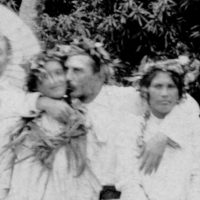
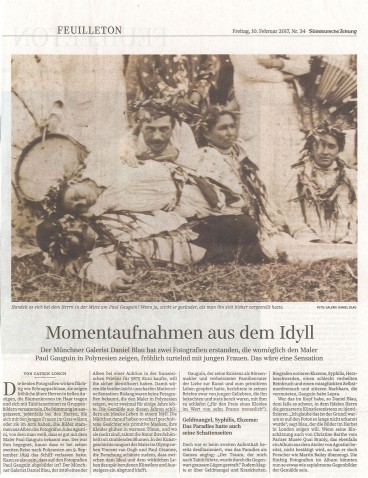
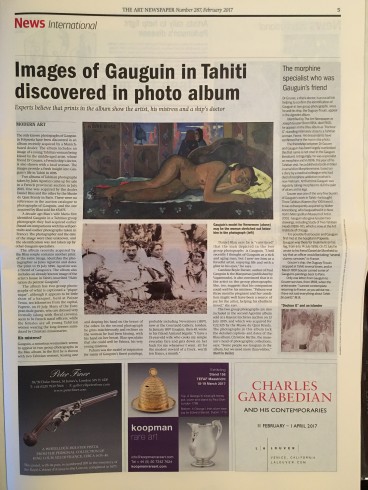
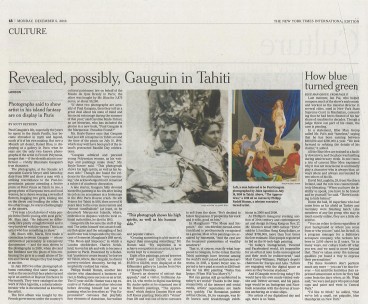

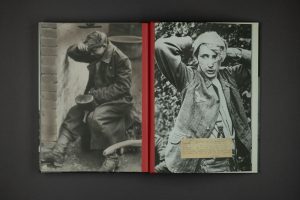

 +49 89 29 73 42
+49 89 29 73 42